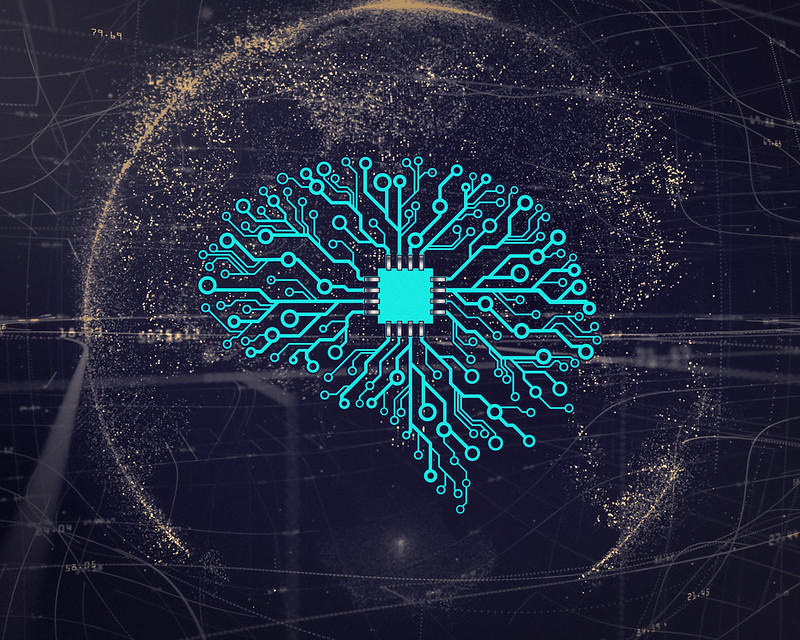Facial Recognition as a Less-Bad Option
The perils that flow from facial recognition can be mitigated through sensible limits without banning the technology and the risks of facial recognition are less bad than the options police have without its use.
Published by The Lawfare Institute
in Cooperation With

This essay defends the police use of facial recognition technology to identify suspects in crime footage or to locate individuals with outstanding warrants. I will argue that the perils that flow from facial recognition can be mitigated through sensible limits without banning the technology, and that in any case, the risks of facial recognition are less bad than the options police have without its use. In other words, acknowledging the potential costs of police use of facial recognition, I make the case that such use is still warranted. My argument goes as follows: (1) to the extent criminal justice reformers have political capital to spend, it should be spent dramatically reducing criminal liability and sentences for all crimes while increasing the probability that criminal conduct will be detected; and (2) facial recognition is a valuable tool for increasing the probability of detection because it reduces the discretion that police officers have as compared to other forms of surveillance. Holding everything else constant, it is more efficient and more fair for police to run a photograph through facial recognition software to identify candidate suspects than to try to identify the suspect using witnesses or to solve the case without using the image.




